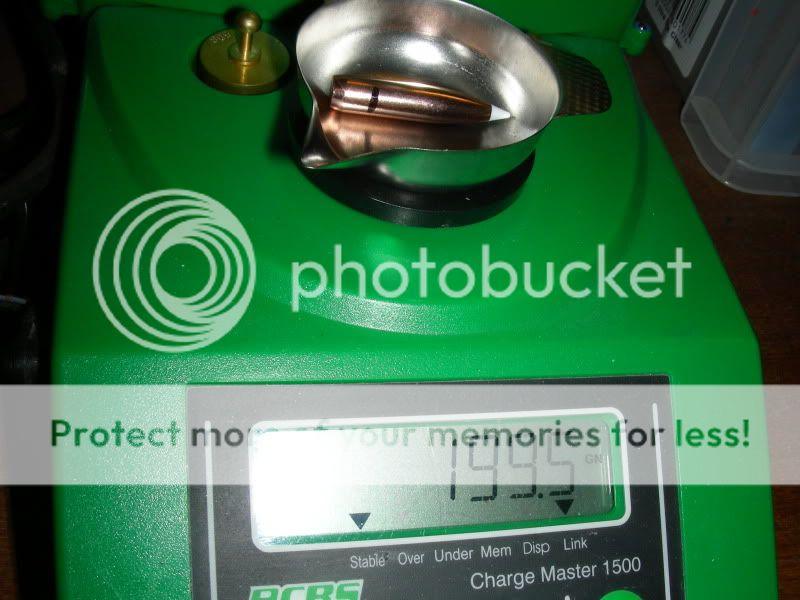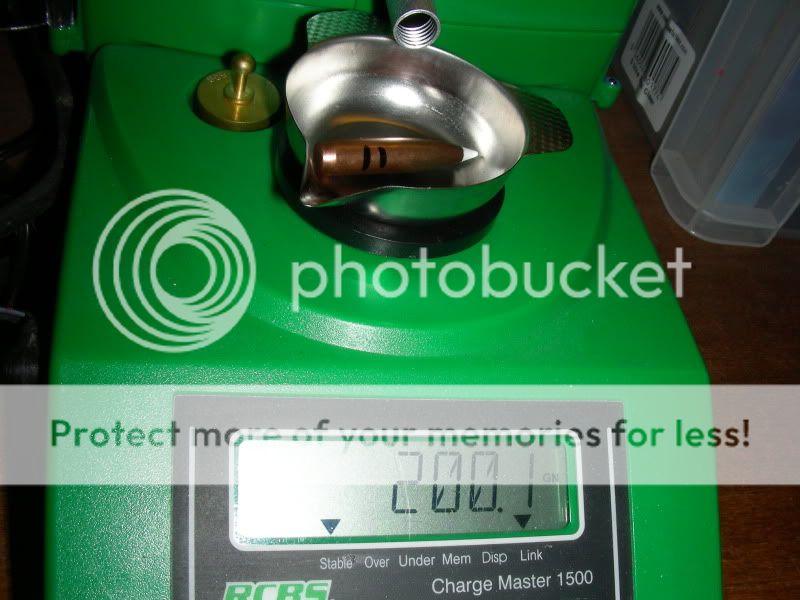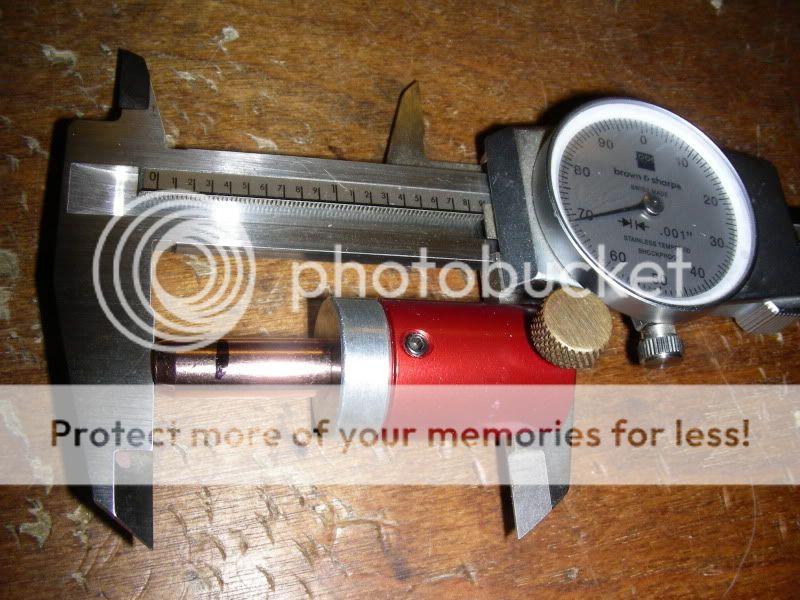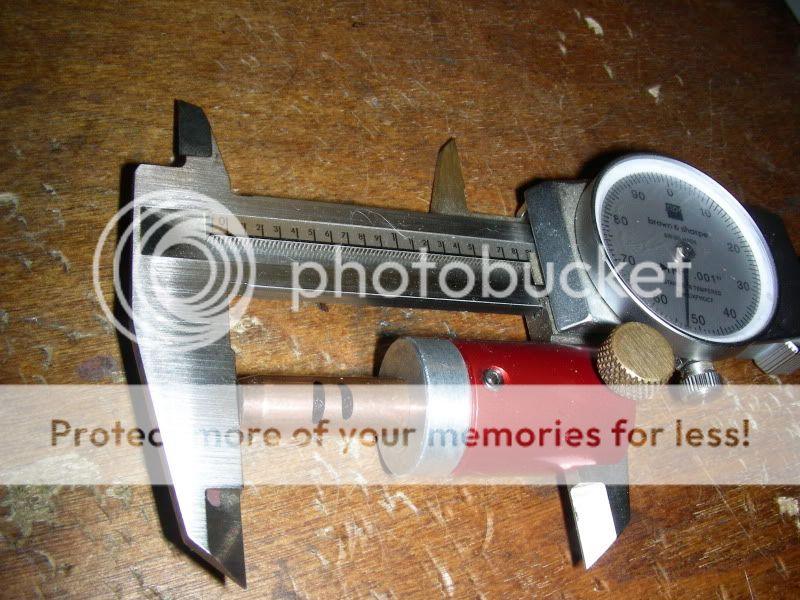I was making some 270 cartriges with 130 grain nosler accubonds. I had the bullet seating die set so that most of the cartriges were 3.340 +- .001. Every few bullets would be up to +- .008. Is this most likely due to a difference in the tips of the bullet or am I doing something wrong.
I end up setting the bullets that were over aside and reseated them a bit deeper.
I end up setting the bullets that were over aside and reseated them a bit deeper.




